These 5 Outdoor Plants Can Survive The Chill Of Winter

We All Know Winter Is Dreary

Ju_see – stock.adobe.com – illustrative purposes only – pictured above is a view of a winter landscape
While many people look forward to the coziness of winter, gardeners tend to dread this season as it’s a challenging time for outdoor plants.
Winter Also Isn’t An Environment That Helps Plants Thrive
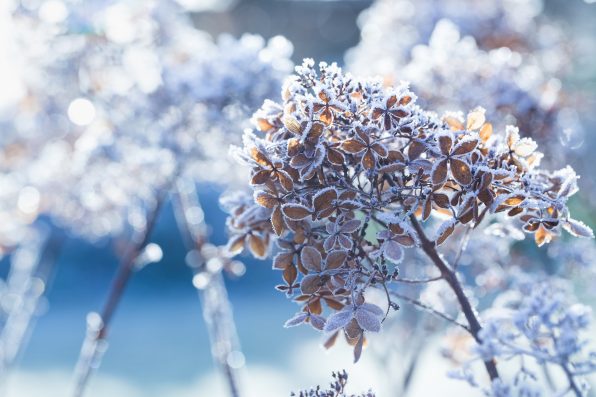
Floydine – stock.adobe.com – illustrative purposes only – pictured above is a frozen hydrangea
Freezing temperatures, biting winds, and reduced sunlight create an environment in which few plants are equipped to thrive.
But Here Are 5 Plants That Can Survive Winter

Maren Winter – stock.adobe.com – illustrative purposes only – pictured above is a frozen rose
However, if you’re hoping to keep some life and color in your garden, there are some resilient plant options that will stand up to the harsh weather. Let’s discuss a few plants that can survive the winter like true warriors.
Glory of the Snow
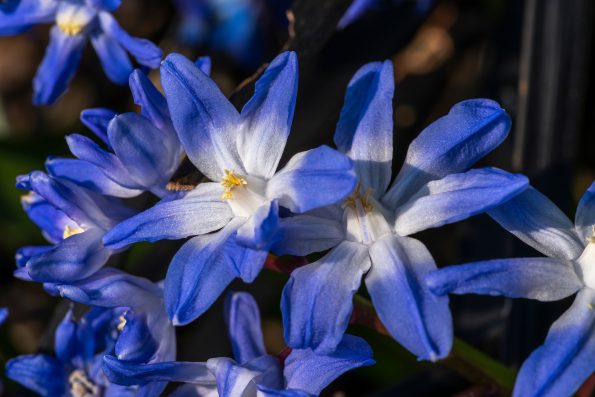
Tony Baggett- stock.adobe.com – illustrative purposes only – pictured above are glory of the snow flowers
First up is the glory of the snow. This plant does exactly what its name suggests: it brings some cheerful color to your garden when winter can feel unending.
This hardy bulb perennial is one of the first to bloom as temperatures begin to warm up in early spring. In fact, it often pushes through the snow-covered ground to make an appearance, showing off its small, star-shaped blue, pink, or white flowers.
As for care, they prefer moist, well-draining soil and thrive in full sun but can tolerate some shade.
Hellebore
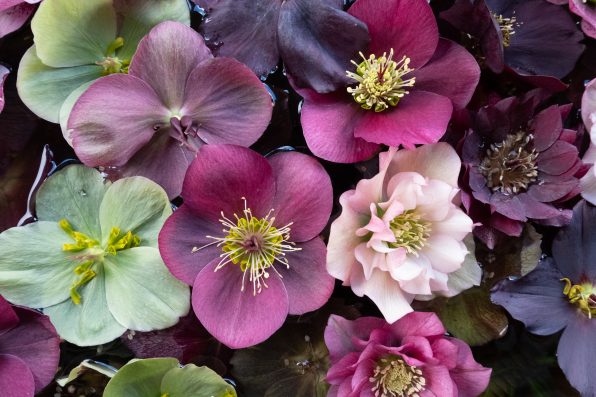
Lois GoBe – stock.adobe.com – illustrative purposes only – pictured above are hellebore flowers
Hellebore has glossy, evergreen leaves that maintain their hue all year long, even when snow begins to blanket the ground.
Then, when this plant blooms, its bell-shaped flowers, which come in shades of pink, yellow, or white, add even more color to contrast the colder season.
Hellebore may bloom as early as December in warmer climates, but it typically blooms in late winter or early spring. It also prefers moist soil that’s well-draining and full sun to partial shade.
Snowball Bush Viburnum
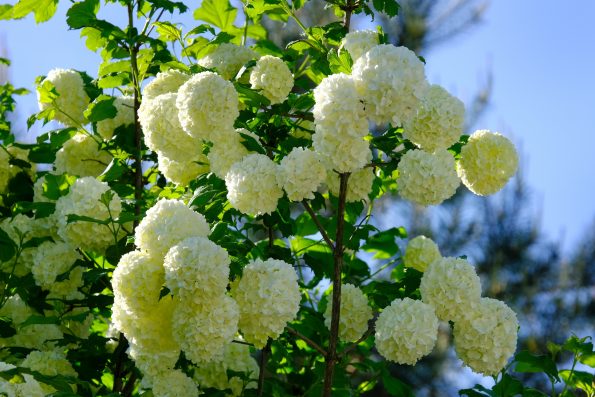
Iwona – stock.adobe.com – illustrative purposes only – pictured above is a snowball bush viburnum
Snowball bush viburnum is actually a low-maintenance flowering shrub that’s winter-hardy, holding its structure throughout the colder months.
Its white blooms can brighten up any garden, and the best part is that it requires little to no care aside from a layer of mulch and well-draining soil.
The shrub may bloom as soon as November or December, and after it is established, this plant can survive temperatures as low as 14 degrees Fahrenheit.
Common Milkweed

Paul – stock.adobe.com – illustrative purposes only – pictured above is a monarch butterfly feeds on common milkweed
Many people know milkweed is famous for supporting monarch butterflies. Yet this plant is also a tough contender for winter landscapes.
It’s a hardy perennial that doesn’t just survive cold temperatures but even returns stronger the next year.
Common milkweed prefers full sun and dry, well-draining soil that’s acidic or neutral. Adding this variety to your garden will bring rustic visual interest to your yard and can help support overwintering insects, too.
Camellia
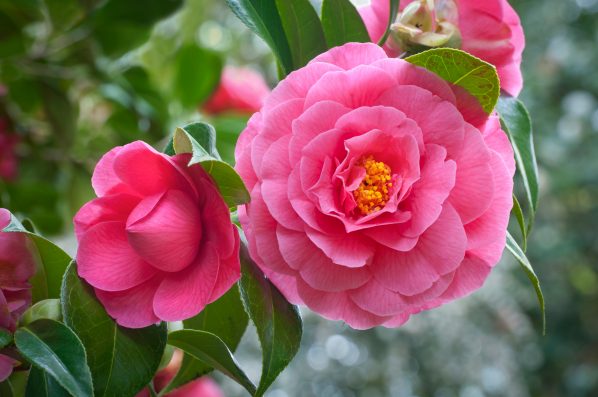
wishfaery14 – stock.adobe.com – illustrative purposes only – pictured above are camellia flowers
Last but not least is camellia, an evergreen shrub that will offer a surprising burst of color in winter gardens.
Their deep green and glossy leaves provide a lush backdrop that perfectly contrasts with their blooms, which can come in vibrant shades of pink, red, or white.
Just keep in mind that camellia can bloom as early as late fall, so if you’re hoping for blooms during the colder months, get an appropriate variety.
These shrubs just need moist, well-draining soil and partial shade to be a total showstopper this winter.
More About:Gardening